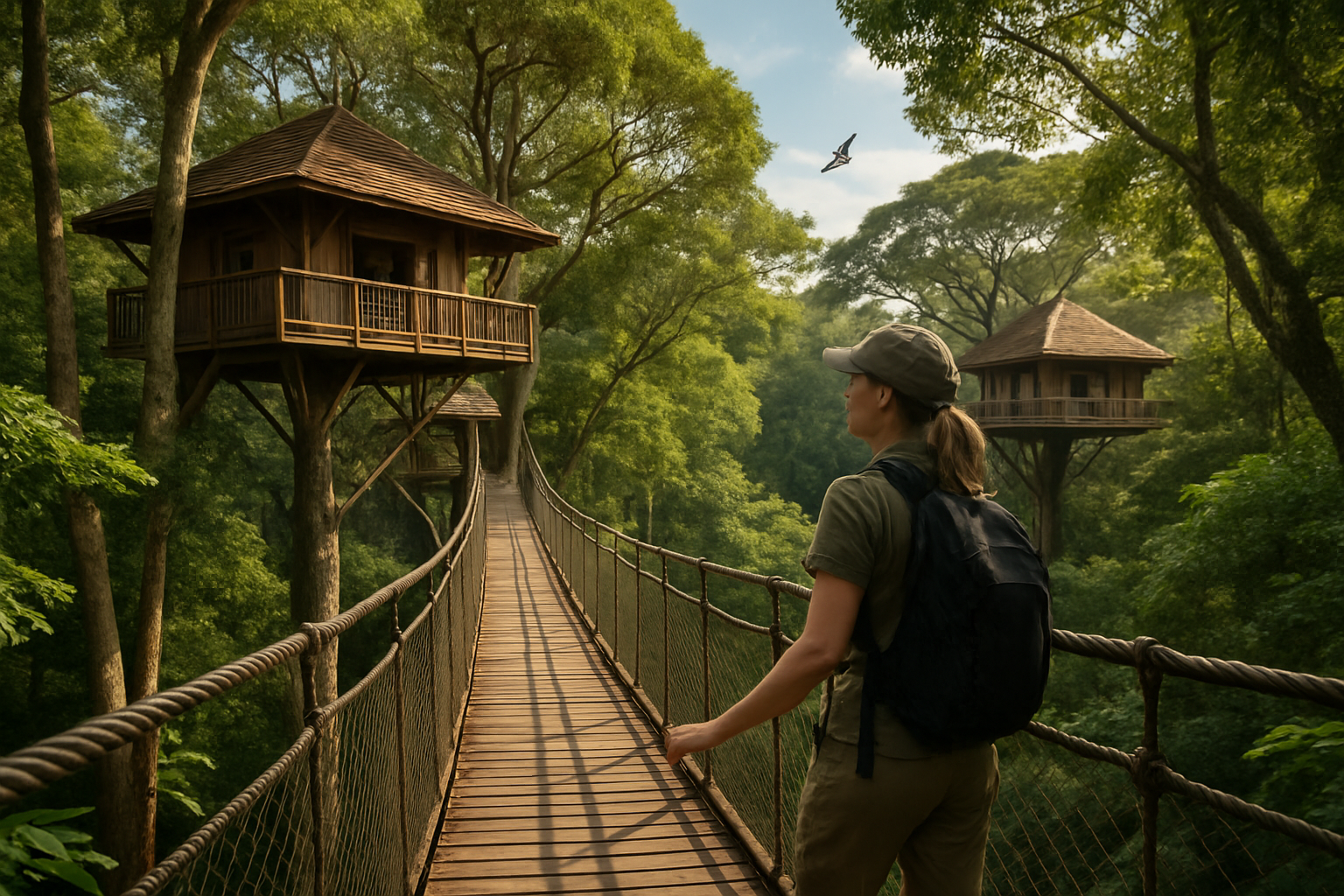Virtual Reality's Transformation of Real Estate Showings
The real estate industry is witnessing a technological revolution, with virtual reality (VR) at the forefront. This immersive technology is reshaping how properties are showcased, offering potential buyers and renters an unprecedented level of interaction with homes they're interested in. As VR adoption grows, it's changing the game for real estate professionals and clients alike, streamlining the viewing process and expanding market reach.

Enter virtual reality. This technology has been quietly making inroads into various industries, and real estate is no exception. VR offers a solution to many of the challenges associated with traditional property viewings, providing a immersive and interactive experience that can be accessed from anywhere in the world.
How VR is Changing the Game
Virtual reality in real estate goes far beyond simple 360-degree photos or video tours. It offers a fully immersive experience that allows potential buyers or renters to ‘walk through’ a property as if they were physically present. Users can move from room to room, look in every direction, and even interact with elements of the space.
This level of interaction provides several key advantages. Firstly, it saves time and resources for both real estate agents and clients. Buyers can view multiple properties in a single sitting, narrowing down their options before committing to in-person visits. For agents, this means fewer wasted hours showing properties to clients who may not be seriously interested.
Moreover, VR opens up new possibilities for showcasing properties that are still under construction or undergoing renovations. Developers can create virtual models of yet-to-be-built homes, allowing potential buyers to visualize the end result and even customize finishes or layouts before construction begins.
The Technology Behind VR Real Estate Tours
The creation of a VR real estate tour involves several sophisticated technologies working in concert. At the heart of the process is 3D scanning technology, which captures every detail of a property’s interior and exterior. This data is then processed and rendered into a virtual environment that can be explored using VR headsets.
High-quality VR experiences often incorporate photogrammetry, a technique that uses multiple photographs taken from different angles to create accurate 3D models. This results in incredibly realistic virtual environments that closely mimic the actual property.
Audio is another crucial component. Spatial audio technology can be used to create a more immersive experience, with sounds changing realistically as the user moves through the virtual space. This might include ambient noises from the neighborhood or the sound of footsteps on different flooring materials.
The Impact on Real Estate Marketing
Virtual reality is revolutionizing real estate marketing strategies. Properties can now be showcased to a global audience without the need for physical presence. This is particularly beneficial for luxury properties or vacation homes, where potential buyers may be spread across different countries or continents.
VR tours can be easily shared on social media platforms or embedded in property listing websites, increasing visibility and engagement. They offer a novel and interactive way for properties to stand out in a crowded market, potentially leading to faster sales and higher prices.
Furthermore, VR allows for the creation of virtual staging. Empty properties can be digitally furnished and decorated, helping potential buyers visualize the space’s potential. This can be particularly useful for properties that might be difficult to sell due to outdated decor or lack of furnishings.
Challenges and Future Developments
While VR technology in real estate shows great promise, it’s not without its challenges. The cost of creating high-quality VR tours can be significant, potentially putting it out of reach for lower-priced properties or smaller real estate agencies. There’s also a learning curve associated with using VR technology, both for real estate professionals and clients.
However, as VR technology continues to evolve and become more accessible, these barriers are likely to diminish. We can expect to see more sophisticated VR experiences in the future, possibly incorporating haptic feedback to simulate textures or temperature changes within the virtual environment.
Augmented reality (AR) is another technology that’s likely to play a significant role in the future of real estate showings. AR could allow potential buyers to visualize how their own furniture would look in a space or see how a property might look with different renovations or additions.
As we move forward, the integration of artificial intelligence with VR could lead to even more personalized and interactive property viewing experiences. AI could guide virtual tours based on a buyer’s preferences, highlighting features they’re most likely to be interested in and providing relevant information in real-time.
The advent of VR in real estate showings marks a significant shift in how properties are marketed and sold. While it may not completely replace traditional in-person viewings, it offers a powerful complement that expands possibilities for both buyers and sellers. As the technology continues to advance, we can expect VR to play an increasingly central role in the real estate industry, reshaping the property viewing experience for the digital age.





